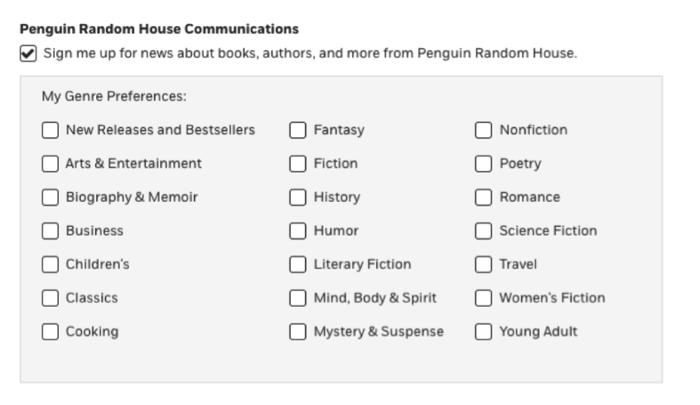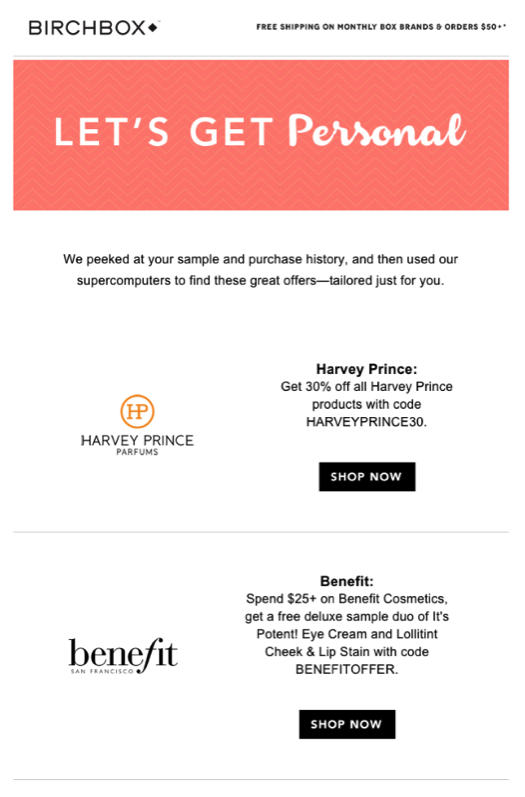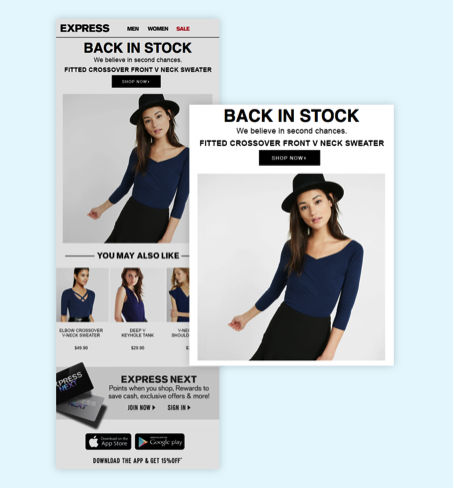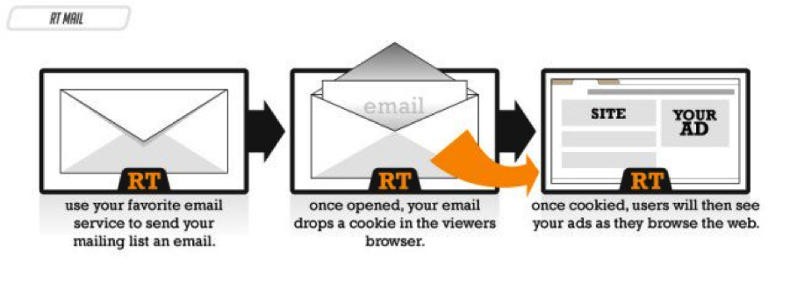The growing use of marketing technologies has introduced a sea change to customer experience and expectations. Nowadays, consumers expect personalized content and services as part of their purchasing experience.
Brands that employ those strategies are increasing revenue between from 6% and 10%, according to research by the Boston Consulting Group.
Although the rise of omnichannel marketing means brands need to target content and offers across all customer touchpoints, email is still the most widely used channel for delivering a personalized experience.
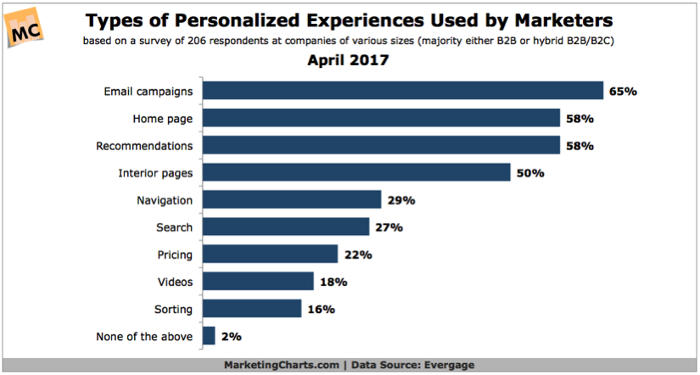
With a median ROI of 122%, email marketing is a cost-effective way to communicate with your audience, nurture leads, and drive conversions.
The latest marketing technologies have breathed new life into email marketing. Marketers can now collect, analyze, and apply insights from a large amount of customer data, and they use AI to target content and test subject lines.
Here are some of the latest email marketing techniques that harness the power of personalization to build better relationships with potential customers and drive more sales.
1. Advanced Segmentation
Segmenting your email list based on customer data allows you to target content and offers more effectively. Segmented campaigns have led to revenue increases as high as 760%, according to Campaign Monitor.
You can experiment with different ways to segment your list, such as geographic location, demographics, past email activity, browsing history, past purchases, buyer personas, and customer lifecycle stages.
Continue to update your customer data and refine the segmentation as subscribers interact with your content, make purchases, edit their preferences, or add personal information.
In addition, if you're wondering what kind of content individual recipients want to receive, what's a better way than to ask them?
Subscribers are embracing the idea of self-segmentation. You can direct them to your email system's preference center and ask them to select topics they're most interested in.
That will allow you to send them the most relevant content and offers, which will result in better engagement and conversion.
2. Automated Workflow
When you consider the different workflows required for delivering a personalized experience to each of your subscribers, your head might start to spin.
Thankfully, today's email automation technology means you have to strategically map out the workflows only once; the software will do the rest for you.
Emails can be triggered to send at a particular time or after a certain action is taken to deliver a relevant and personalized experience that will also help increase engagement.
Here are a few examples of timely triggered emails:
A reminder about items left in the cart (to reduce cart-abandonment rates and increase conversions)
A reorder reminder for items that a customer has purchased in the past
An email featuring a special offer on products a recipient may like based on browsing behaviors or recent purchases
3. Software Integration
Personalized email plays an important role in the omnichannel marketing ecosystem.
In order for your email marketing effort to support the customer experience across all touch points, your email system needs to "talk to" the other marketing platforms.
Many email marketing systems come with robust integration capabilities. You can connect them with your existing sales and marketing software applications to help deliver a seamless customer experience.
For example, you can integrate your email service with e-commerce platforms such as Magento, WooCommerce, or Shopify to send out order confirmations, cart-abandonment reminders, or product recommendations.
4. Dynamic Content and Offers
Segmentation allows you to send the most relevant email content, and such personalization can increase conversion rates by as much as 10%.
However, creating one email for each subscriber group can be time-consuming and labor-intensive. (Just the thought of it could drive you crazy!)
By using software that delivers dynamic content, you can create one email and then customize blocks of content (e.g., text, images, and CTAs) based on each audience segment to save time and increase ROI.
For example, you can personalize a block of content according to an audience segment's location. If you have one store in New York City and one in Boston, you can customize the image to show a photo of the store closest to each recipient's location (and promote your online store to someone who lives in LA).
Such customized content can be as broad as geographic location or as granular as a customer's color preferences.
What can you do to show your customers that you really "get them?"
5. Email Retargeting
Because we're talking about email as a part of the omnichannel marketing ecosystem, we can't leave out email retargeting.
It's a technique that allows you to create contextually relevant communications across the Web, such as in Facebook ads, based on the emails that your subscribers engage with.
In addition, if a subscriber shows interest in a product by engaging with an email or a social media post, you can send another email promoting a special offer highlighting that particular product or category.
You can also reactivate lapsed customers with retargeting ads by creating a "custom audience" using their email addresses and show them personalized messaging on platforms such as Facebook.
6. Personalized Customer Experience
It'd be a shame to do all the work to personalize your email content just to direct potential customers to a generic landing page where they have to start from square one!
To maximize your email marketing ROI, design a personalized purchase experience based on subscribers' interactions with your content.
The landing page content should match the targeted messaging you sent to each audience segment, and it should be relevant to their customer lifecycle stages so that it delivers a seamless experience.
In addition, by using 360-degree customer profiles in a centralized data management system, you can deliver personalized product recommendations across all touchpoints to further increase conversion rates.
* * *
Email personalization is a powerful strategy that can help you increase engagement and conversion rates.
Although there are many technologies to choose from, first and foremost you need to design a customer-centric experience.
The only way to find out what really works for your business is to test your email campaigns and analyze the data so you can fine-tune your segmentation and targeting to optimize results.
